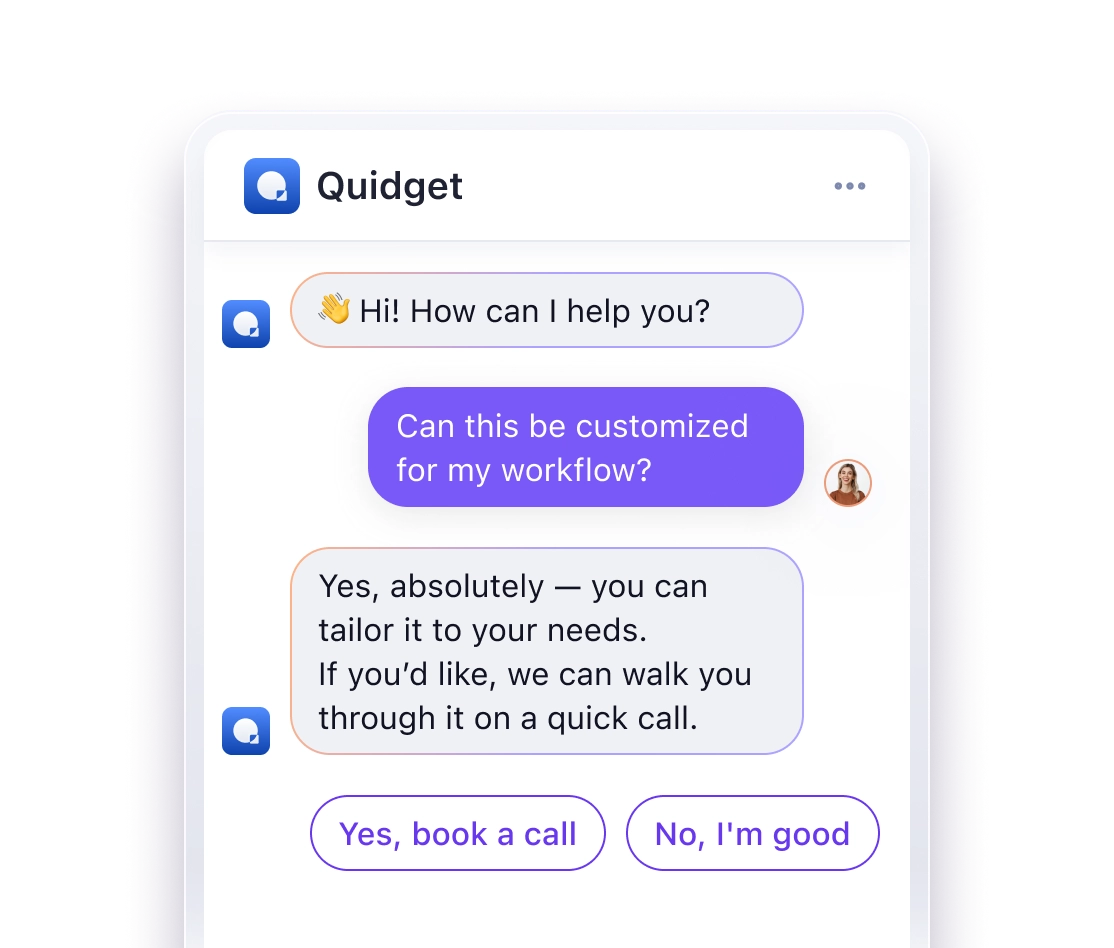ChatGPT 4.5 is transforming how businesses handle tasks, offering tools for automation, communication, and data analysis. It excels in tasks like multilingual communication (85.1% success rate) and content creation (74.4%), but requires human oversight due to a 37.1% hallucination rate. Businesses can use it for routine tasks like email filtering, customer inquiries, and social media content. However, challenges like data security, bias, and technical limits must be managed.
Key Takeaways:
- Capabilities: Automates routine tasks, supports multilingual communication, and integrates with tools like Slack and Shopify.
- Limitations: Struggles with complex math, advanced programming, and structured reasoning.
- Setup: Train with company data and balance AI tasks with human oversight.
- Security Risks: Protect sensitive information, monitor AI outputs, and prevent bias.
ChatGPT 4.5 works best as a support tool, not a replacement for human expertise. With proper integration and safeguards, it can boost efficiency and free up time for strategic work.
How to use ChatGPT PROJECTS: Use Cases and Limitations

What ChatGPT 4.5 Can Do
ChatGPT 4.5 introduces notable improvements in natural language processing and business automation, making it a powerful tool for various operations.
Main Functions
ChatGPT 4.5 excels in natural conversations and social interactions. It handles language with better intuition, showing an enhanced ability to understand tone and context compared to earlier versions.
The platform integrates seamlessly with tools like the Chat Completions API, Assistants API, Batch API processing, file and image upload capabilities, and Canvas. These features enable it to support a variety of business needs.
"GPT-4.5 is the most natural and socially aware ChatGPT model yet. From our tests, it consistently understood emotional nuance, reworded aggressive prompts more thoughtfully, and provided clearer, more structured responses." – Digital Bricks Artificial Intelligence
Business Tasks and Uses
These advancements improve its performance across professional tasks. ChatGPT 4.5 boasts a 63.2% win rate in professional queries, outperforming its predecessors. Key areas where it shines include:
| Task Type | Performance Rate | Best Used For |
|---|---|---|
| Multilingual Communication | 85.1% | International business communication |
| Multimodal Tasks | 74.4% | Content creation and analysis |
| Scientific Analysis | 71.4% | Research summaries and reports |
| Software Engineering | 38.0% | Basic code review and documentation |
Current Technical Limits
While ChatGPT 4.5 has many strengths, it does come with limitations. It has a 37.1% hallucination rate, which makes human oversight necessary. Key challenges include:
- Complex mathematical calculations (36.7% accuracy on AIME ’24)
- Advanced programming tasks (32.6% success rate on SWE-Lancer Diamond)
- Scientific problem-solving requiring structured reasoning
For tasks requiring higher accuracy, businesses might explore other AI models like o3-mini, which achieves an 87.3% accuracy rate on mathematical tasks.
AI Tools for Small Business
ChatGPT 4.5 is designed to tackle the specific challenges faced by small businesses, offering tools to automate tasks and streamline daily operations.
Digital Assistant Functions
ChatGPT 4.5 can take care of everyday tasks like filtering emails, drafting responses, creating social media posts, and designing promotional content.
"If time is money, small business owners ignoring AI tools like ChatGPT are leaving money on the table." – Aytekin Tank, Founder and CEO of Jotform
Working with Human Staff
This AI tool works alongside employees by managing initial inquiries and routine processes, such as content drafts and data handling. This frees up staff to focus on complex problems and strategic planning.
"The key to success is balancing the use of AI with human supervision. AI handles tasks quickly, but humans provide the personal touch that customers look for and respond to." – Parhas & Associates, LTD
Success Stories
Real-world examples highlight how businesses are using ChatGPT 4.5 effectively. One marketing team integrated ChatGPT 4.5 with Notion to automate blog writing and social media updates. Customer support teams have deployed AI chatbots to respond to inquiries and send emails via Gmail. Other businesses use it to analyze industry reports, update Notion databases with fresh insights, and share summaries through Slack. These examples show how ChatGPT 4.5 addresses everyday business needs and supports modern entrepreneurs.
sbb-itb-58cc2bf
Setting Up ChatGPT 4.5
Getting started with ChatGPT 4.5 involves setting it up properly and integrating it into your workflows. Here’s a step-by-step guide to help you make the most of it.
Training with Company Data
You have two main options for training ChatGPT 4.5 with your company’s data:
Custom GPTs:
- Use ChatGPT Plus to create a new GPT.
- Upload company-specific documents and training materials.
- Define clear instructions tailored to your business needs.
- Test its responses to ensure accuracy and relevance.
Chatbase Platform:
- Import data from various sources like files, websites, or manual input.
- Set clear guidelines for how responses should be structured.
- Implement secure data handling protocols to protect sensitive information.
- Deploy across multiple channels for broader usability.
"Quidget is quick to set up – no coding needed – and starts working in minutes. Unlike generic chatbots, it uses your content to give better answers and works as a hybrid solution: AI for repetitive tasks and human handover for more complex issues."
Once the data is customized, focus on balancing automated tasks with human oversight to ensure optimal performance.
Managing AI and Human Tasks
A successful AI setup involves assigning the right tasks to AI while leaving complex or strategic issues to human teams. Here’s a breakdown:
| Task Type | AI Handling | Human Oversight |
|---|---|---|
| Routine Inquiries | Primary responder | Quality checks |
| Data Processing | Fully automated | Strategic analysis |
| Complex Issues | Initial screening | Complete handling |
| Creative Work | Draft generation | Final editing |
Use built-in analytics tools to monitor AI performance and identify areas where human intervention is needed. This ensures smooth integration into your overall business processes.
Integration Tools
Integrating ChatGPT 4.5 with your existing systems is crucial for efficiency. Tools like Quidget make it easy to connect with:
- Customer service platforms (Zendesk, Freshdesk)
- Communication tools (Slack, WhatsApp, Telegram)
- E-commerce platforms (Shopify, WordPress, Wix)
- Business tools (Google Tag Manager)
These integrations streamline workflows, allowing AI and human teams to collaborate effectively. For example, Quidget can reduce response times by up to 40% while maintaining service quality.
When choosing integration tools, keep these factors in mind:
- Compatibility with your current systems.
- Data security protocols to protect sensitive information.
- Ease of implementation to minimize downtime.
- Scalability to grow with your business.
- Availability of customer support for troubleshooting.
For businesses just starting with AI, platforms like Quidget simplify the process by offering built-in analytics, multi-language support, and the ability to handle up to 80% of customer inquiries automatically.
Before fully deploying your AI solution, take time to evaluate potential risks and ethical considerations.
Risks and Ethics
Using ChatGPT 4.5 in business operations requires careful attention to risks and ethical considerations to ensure secure and fair practices.
Data Security
Data security is a major concern when incorporating ChatGPT 4.5 into workflows. Studies reveal that 4% of employees have shared sensitive information with ChatGPT, and such data accounts for 11% of all employee inputs.
Here are key security measures to consider:
| Security Layer | Implementation | Purpose |
|---|---|---|
| Access Control | Multi-factor authentication | Prevent unauthorized access |
| Data Protection | Input validation & encryption | Safeguard sensitive information |
| Monitoring | Regular security audits | Identify potential threats |
| Network Security | Secure access points & firewalls | Defend against cyberattacks |
"Whilst AI progress (ChatGPT et al) are an extremely exciting advancement in tech, managers should be aware of how their teams are using them – particularly with regard to the data that’s been shared with these services. It’s another factor security teams will need to take into consideration when they’re thinking about their data security strategy. The rapid pace of change also means security professionals will need to be on the ball when it comes to keeping up with the latest threats."
– Ben Van Enckevort, Chief Technology Officer at Metomic
With AI-driven cyberattacks expected to rise by 50% in 2024 compared to 2021, businesses must adopt robust security protocols. Strengthening data security also helps prepare for addressing AI bias.
Preventing AI Bias
AI bias can influence decisions and customer interactions, as ChatGPT 4.5’s responses might reflect societal stereotypes, especially in open-ended tasks with longer outputs.
Steps to reduce bias include:
- Monitor AI Outputs: Regularly check for signs of stereotypes or unfairness.
- Use Diverse Training Data: Ensure datasets represent various demographics.
- Apply Fairness Constraints: Integrate debiasing techniques during system training.
- Conduct Regular Audits: Examine AI-generated content for biased patterns.
"ChatGPT is useful in several business applications. This AI tool can assist with content creation, customer service, data analysis, and lead generation. However, it comes with its share of risks. It is known to provide incorrect and biased information and threaten security."
– Brillity Digital
Staff Training for AI
Technical safeguards and bias prevention are vital, but training employees is equally important for effective AI integration. Training should focus on three key areas:
| Training Focus | Key Components | Expected Outcomes |
|---|---|---|
| Practical Usage | Workflow integration | Boosted efficiency |
| Ethics & Privacy | Client consent, data protection | Reduced security risks |
| Bias Recognition | Identifying stereotypes | Fairer decision-making |
With 93% of security leaders predicting daily AI-driven attacks by 2025, staff training is essential. Employees should learn to:
- Use AI tools appropriately in daily tasks.
- Spot and address potential security risks.
- Protect client privacy and secure proper consent.
- Identify and report biased outputs.
- Follow company policies on AI usage.
Conclusion: AI Business Tools Tomorrow
ChatGPT 4.5’s Business Role
ChatGPT 4.5 has cut its hallucination rate to 37.1%, a big improvement from the previous version’s 61.8%. This makes it more reliable for business use, strengthening its position as a tool that works with humans in professional settings.
Here’s where it shines:
| Task Type | Capability | Business Impact |
|---|---|---|
| Pattern Recognition | Advanced data analysis | Deeper market insights |
| Creative Tasks | Better content generation | Faster content creation |
| Customer Service | Automates 80% of common queries | Shorter response times |
| Process Automation | 40% quicker response times | Boosted operational efficiency |
Business Leadership with AI
For AI to truly make an impact, strong human leadership is essential. Research shows that the best results happen when AI supports, rather than replaces, human expertise.
"AI hasn’t been built to replace your instincts or expertise; it’s here to enhance them." – Dan Sanchez, AI Marketing Consultant + Creator
With clear direction and thoughtful integration, businesses can maximize AI’s potential.
Implementing AI in Your Business
To make the most of ChatGPT 4.5’s advancements, consider these steps for introducing AI into your operations:
- Start Small
Focus on one platform that provides quick wins. For instance, Quidget offers an easy-to-use, no-code setup with templates tailored to common business tasks. - Monitor Performance
Use analytics to measure how AI is performing. Quidget users, for example, often report up to a 60% boost in team efficiency. - Scale Gradually
Begin with simple tasks like automating customer service, then move on to more advanced uses as your team becomes more comfortable with the technology.



